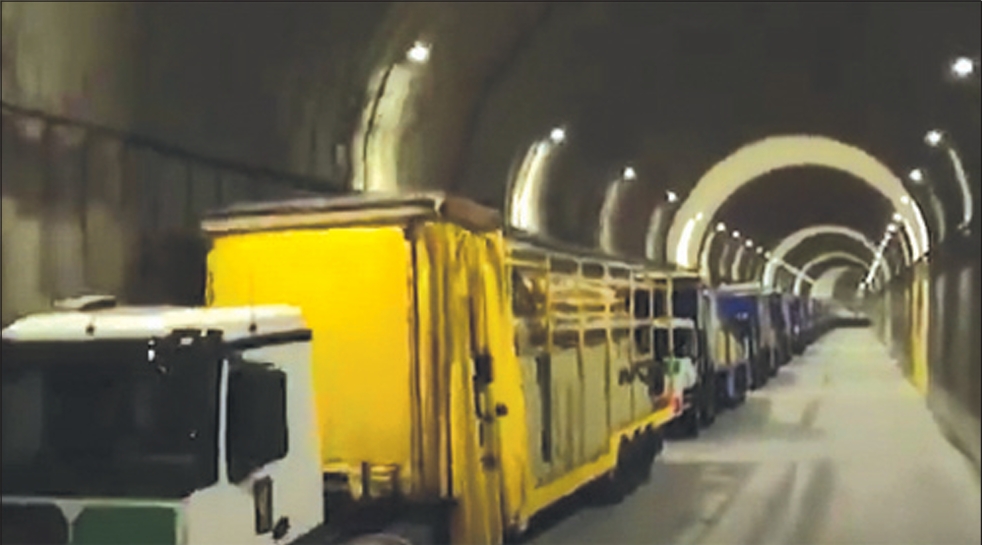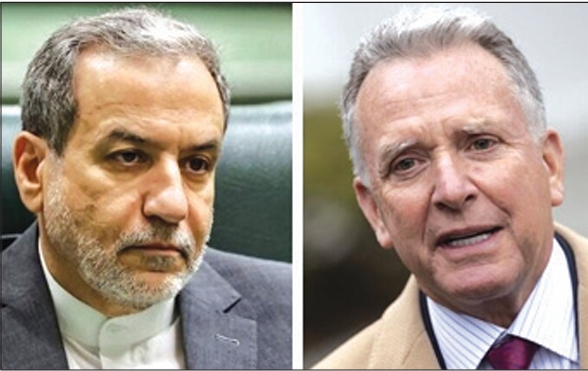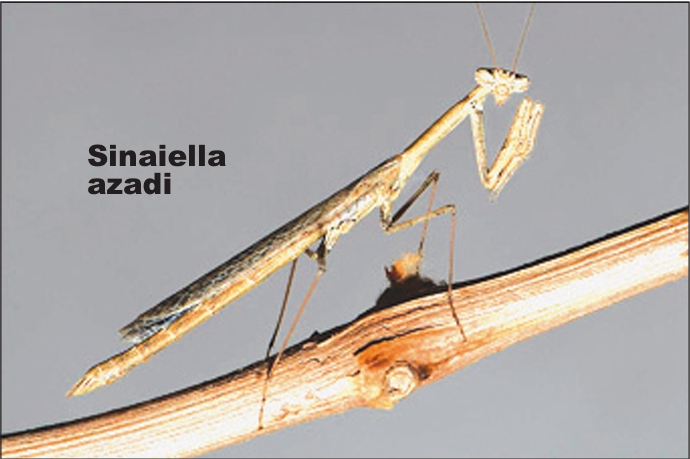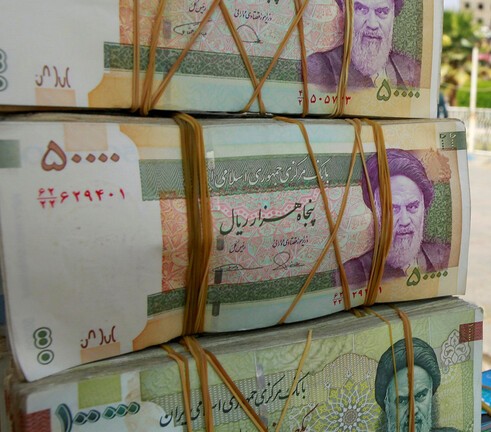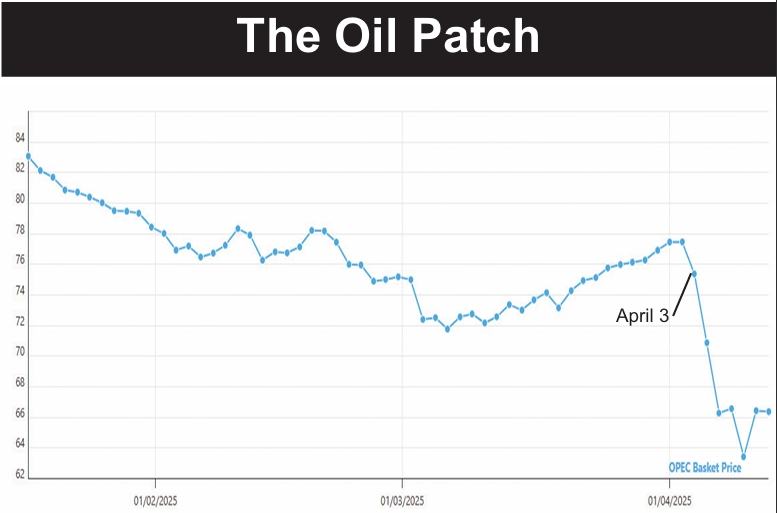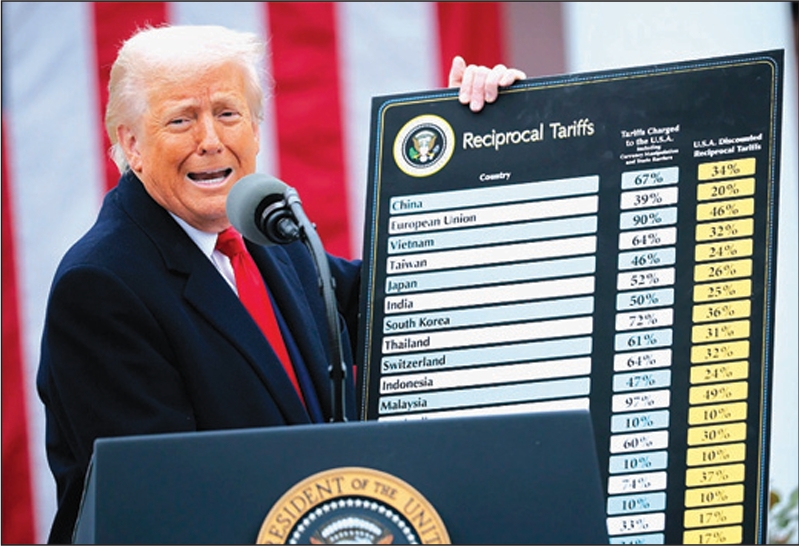of a Russian Tupolev passenger plane, no official report on the cause of the crash has yet been issued.
A senior Russian aviation official has said planes have been crashing in Iran because Iranian maintenance is sub-standard.
But Iran has fired back that the fault lies with human error, effectively blaming the crashes of Tupolevs on the Russian flight crews that have come with the leased Tupolev aircraft.
Reza Nakhjavani, head of Iran’s Civil Aviation Organization, has now complained that Russia has refused to show Iran its investigative reports on the crashes of Tupolevs in Iran.
“This is one of the reasons that Iran’s Civil Aviation Organization decided to remove Tupolevs from the country’s aviation fleet,” he said.
Nakhjavani told the Fars news agency, “The investigative report into the main cause of the crash of the Tupolev passenger plane of Caspian Airlines was finalized by Iran’s Civil Aviation Organization and was shown to the Russians. But the Russian manufacturing company and Russia’s Civil Aviation Organization refused to provide a response.”
In the worst air disaster in Iran in recent years, a Caspian Airlines Tupolev-154 caught fire in mid-air en route to Armenia and nose-dived into farmland in July 2009, killing all 153 passengers and 15 crew.
Asked the exact reason for the crash, Nakhjavani said Iran still awaits a response from the Russian manufacturer, but he said overall studies indicate the Tupolev experienced an engine malfunction.
Nikolaevich Minushkin, an official of the Russian Ilyushin Finance Company (IFC), a competitor to Tupolev, told the Fars news agency at an airshow in Moscow last year that the main cause for the high volume of air crashes in Iran is that the operating companies did not respect aviation standards.
Minushkin said the Iranian operators do not adopt proper measures regarding repair and maintenance and periodic checkups of the planes.
In reply, the spokesman of Iran’s Civil Aviation Organization, Reza Jafarzadeh, told the Fars news agency, “Studies conducted during the last one or two decades on Tupolev crashes in Iran, indicate that human errors, and not a lack of observation of aviation standards by Iranian airlines, were the main cause of the incidents.”
In June, Nakhjevani announced that Tupolev aircraft had been removed from the list of planes that Iranian firms can purchase with the $1 billion of foreign currency recently allocated for the purchase of civil aircraft to update the Iranian commercial fleet.
Flight safety became a major public issue when eight planes crashed or had problems in the summer of 2009. The Russians took the heat of the criticism. However, of the eight air incidents that summer, three involved American-made planes, two Russian-made aircraft and one an Iranian-built plane. The aircraft in the other two incidents were not identified.
Of the total number of fatalities that summer, 95 percent occurred in the two crashes of Russian Tupolevs. The first, the Caspian Airlines crash, was seen in flames as it nose-dived into a farmer’s field. The other landed at excessive speed, did not touch down until the midpoint of the runway, and ran off the end of the runway, all of which appeared to be pilot error.


